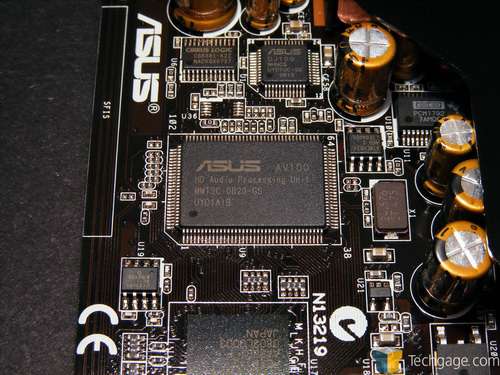GWorlDofSPACE
100+ Head-Fier
- Joined
- Mar 27, 2009
- Posts
- 440
- Likes
- 11
There are many users who bought the STX whit a crystal that has 50-100 ps.
Its a 2 pin smd ceramic crystal marked IT 475 and 24,576 Mhz.
I am a person who wants the maximum out of the STX, so I will try to upgrade the crystal true the JZ-1 clock from kingwa. This crystal has 5ps and will swing on 24,576 Mhz.
Yes you will say sell the STX and buy ST but the ST has the same X0! Only difference is the added filtering chip that reduces jitter! So I will replace the source of the problem not try to reduce it whit filtering.
Here is a picture of the JZ-1 and the location of the IT475 on STX


Its a 2 pin smd ceramic crystal marked IT 475 and 24,576 Mhz.
I am a person who wants the maximum out of the STX, so I will try to upgrade the crystal true the JZ-1 clock from kingwa. This crystal has 5ps and will swing on 24,576 Mhz.
Yes you will say sell the STX and buy ST but the ST has the same X0! Only difference is the added filtering chip that reduces jitter! So I will replace the source of the problem not try to reduce it whit filtering.
Here is a picture of the JZ-1 and the location of the IT475 on STX

















.gif)


